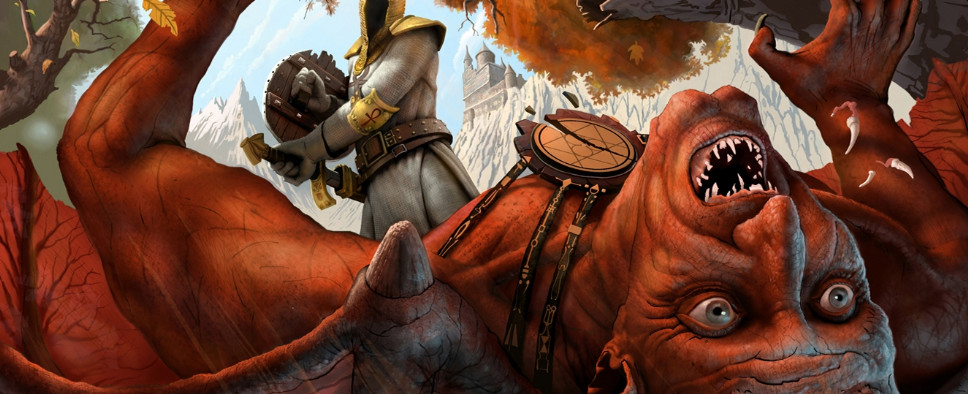Ultima: The Legacy of the Avatar
-
Category: News ArchiveHits: 3871

Inspired by the Shroud of the Avatar preview they also posted this holiday weekend, another of PC Gamer's editors has published a retrospective piece called "Ultima: The Legacy of the Avatar" that discusses the series' many strengths, focusing primarily on the fourth through eighth core installments. A bit of what to expect:
What really defined Ultima IV-VIII though (let's not speak of the final game, Ascension) and depressingly few games since have picked up on is that each of them was an attempt to be about something. In Ultima IV: Quest Of The Avatar, Garriott moved away from stories about beating up the latest threat to his world (at the time, Sosaria, later renamed Britannia) in favour of a story about a land more or less at peace and in need of a symbol to represent the best that it can be - the Avatar, the only one capable of bending all eight virtues of Honesty, Compassion, Valor, Justice, Honour, Sacrifice, Spirituality and Humility. The goal was to set a good example for the world, albeit an inevitably primitive one that was limited to 1985-vintage technology. Each Virtue was basically 'do a thing', with Honour a simple matter of completing quests and remembering that Honour is spelled with a 'u', and others a bit gimmickey. Cheating blind merchants for instance, or stealing, was something of an Honesty no-no.
From there though, the series began getting more involved. Ultima V for instance, while adding in a trio of evil called the Shadowlords, was narratively based on the subversion of those virtues - that there's a difference between the spirit and the letter of the law, as shown in the form of Lord Blackthorne. He takes over Britannia and enforces the Virtues with an iron fist that turns them into tools of tyranny rather than merely aspects of the three cardinal principles of Truth, Love and Courage.
Ultima VI though was the first to really nail it. Dubbed The False Prophet, it sees the Avatar returning to Britannia and immediately being set upon by a demonic looking group of gargoyles who have been terrorising the realm. You're assigned to take care of them, as heroes do, and that works for a while. Midway through though, the whole thing is recast as an allegory for racism and xenophobia; the gargoyles both being far from evil and having a very good reason for what they're doing - that in finding enlightenment for Britannia, the Avatar accidentally (and inadvertently) doomed them. Dealing with the situation then becomes one of atonement and diplomacy, up to and including being willing to face justice for that, and building a bridge between the two sides to restore a sense of balance the 'good guys' don't really want.

